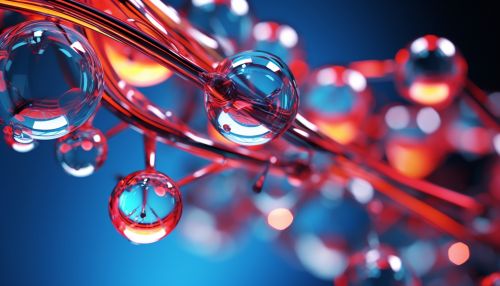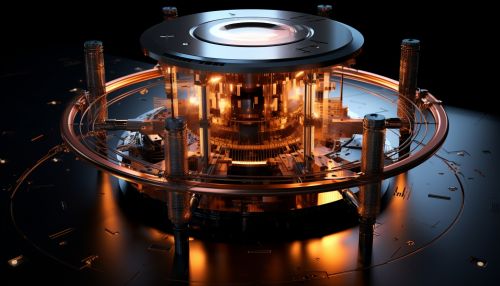Quantum Tunneling
Introduction
Quantum tunneling is a quantum mechanical phenomenon where particles penetrate a potential energy barrier that they could not surmount according to classical mechanics. It is a direct result of the wave-like properties of particles, as described by the principles of wave-particle duality, and the Heisenberg uncertainty principle.


Theoretical Background
Quantum tunneling is based on the principles of wave mechanics, which describe particles as wavefunctions. These wavefunctions can extend beyond the classically allowed regions, leading to the phenomenon of tunneling. The probability of a particle tunneling through a barrier is given by the tunneling probability equation, which depends on the properties of the barrier and the particle.
Quantum Mechanics and Tunneling
In quantum mechanics, particles are described by wavefunctions, mathematical functions that give the probability distribution of a particle’s position. According to the Schrödinger equation, these wavefunctions can extend into regions where the potential energy is greater than the particle’s kinetic energy, which is not possible in classical mechanics. This is the basis of quantum tunneling.


Tunneling Probability
The probability of a particle tunneling through a barrier is given by the tunneling probability equation. This equation is derived from the Schrödinger equation and depends on the height and width of the barrier, as well as the energy of the particle. The tunneling probability decreases exponentially with increasing barrier width and height, and with decreasing particle energy.
Applications of Quantum Tunneling
Quantum tunneling has many practical applications in various fields of science and technology. For instance, it is a crucial process in nuclear fusion, the energy source of stars. It is also used in scanning tunneling microscopes, which can image surfaces at the atomic level. In addition, it is utilized in certain types of electronic devices, such as tunnel diodes and superconducting quantum interference devices (SQUIDs).


Quantum Tunneling in Biology
Quantum tunneling also plays a role in several biological processes. For example, it is involved in enzyme reactions, where it can enhance the rate of chemical reactions. It is also thought to play a role in the process of mutation in DNA.


Future Directions
Research on quantum tunneling continues to be a vibrant field, with potential applications in quantum computing and other areas of quantum technology. Understanding and controlling quantum tunneling could lead to the development of new technologies and deepen our understanding of the quantum world.


